OK, OK. There aren’t exactly ten thousands different ways to hold chopsticks. But there are more than the one presumed, “correct” way to use chopsticks, and the one presumed, “incorrect/crossed” way to use chopsticks.
This article provides a visual guide to different chopstick grips that we have observed and recorded in real eating situations, such as the Standard Grip, the Idling Thumb grip, the Vulcan Grip, and the Chicken Claws grip. These are all fine ways of using chopsticks. In the spirit of #utensilequality, all grips are equal at the table. But these chopstick holding styles are also all different. We have captured this view in our retrospective, The Art and Science of Chopsticking.
Our objective analysis of these grips does show that Standard Grip provides the most balanced profile for efficiency, dexterity, reach and power. There is a reason why it is the traditional grip. But all grips work for those who wield them well. Many far exceed Standard Grip in specific tasks. And some people have anatomical differences making some grips better suited for them. Count-to-4 and Equal Opportunity come to mind. The thumb issue is documented in Caswellian thumb.
Elsewhere on marcosticks.org, you will find posters showing and contrasting chopstick grips, such as illustrated below left. You will find variations of this poster, including international versions, and left-handed versions, in the posters article.
A separate article illustrates in a family tree how each alternative grip relates to the standard grip, based on the degree of its departure from the standard finger dynamics, as illustrated below right.
There are also a clickable catalogs of common chopstick grips. Head to the clickable catalogs article to see them. These are a cross of the above two posters. It features beautiful cel-shading illustrations of grips from above left, and groups these grips roughly based on relatedness. In addition, every cel-shading illustration is clickable.
Separately, we classify chopstick grips by finger placement and finger movement, for each combination of top/bottom chopsticks and open/closed postures.
This article is different. This one has all grip types we hear or documented. But not all grip types we are aware of have been thoroughly studied and published here. This article shows all grip types in their respective journeys from discovery, to analysis, through publishing, and finally a YouTube highlight.
We also have YouTube videos showcasing chopstick grips we have documented. The series “The Varieties of Chopsticking Experience” features chopstick grips from groups of related or associated people, to celebrate the ingenuity of folks who independently found grips that worked for them.
Each chopstick grip is presented as a “card” in sections below. The name of the grip is first identified in Chinese and in English. Then a thumbnail picture illustrates the stereotypical posture of this grip. You can click on the image to learn more about it. Or you can continue reading on, to find a one-sentence description of said grip. Wherever we have created a 128×128 emoji for a grip, said emoji is shown at the end of the description sentence. After that we show the grip name in other languages wherever available. Language labels: t: Taiwanese, and j: Japanese.
YouTube video available
This section lists grips that have its own video in our YouTube series named after this article , Ten Thousand Ways to Use Chopsticks. Click on the thumbnail picture to watch the YouTube video.
Made it to a cool guide
This section lists grips that have been illustrated in a cool guide diagram such as this poster. The next step is for these grip to have their own YouTube videos.
Added to family tree of grips
This section lists grips that have been added to the family tree based on their connections to other grips. The next step will add these to a cool guide.
Articles published
This section lists grips that we have analyzed and written about. The next step will add them to the family tree.
Grip analyzed
Video footage documented
-
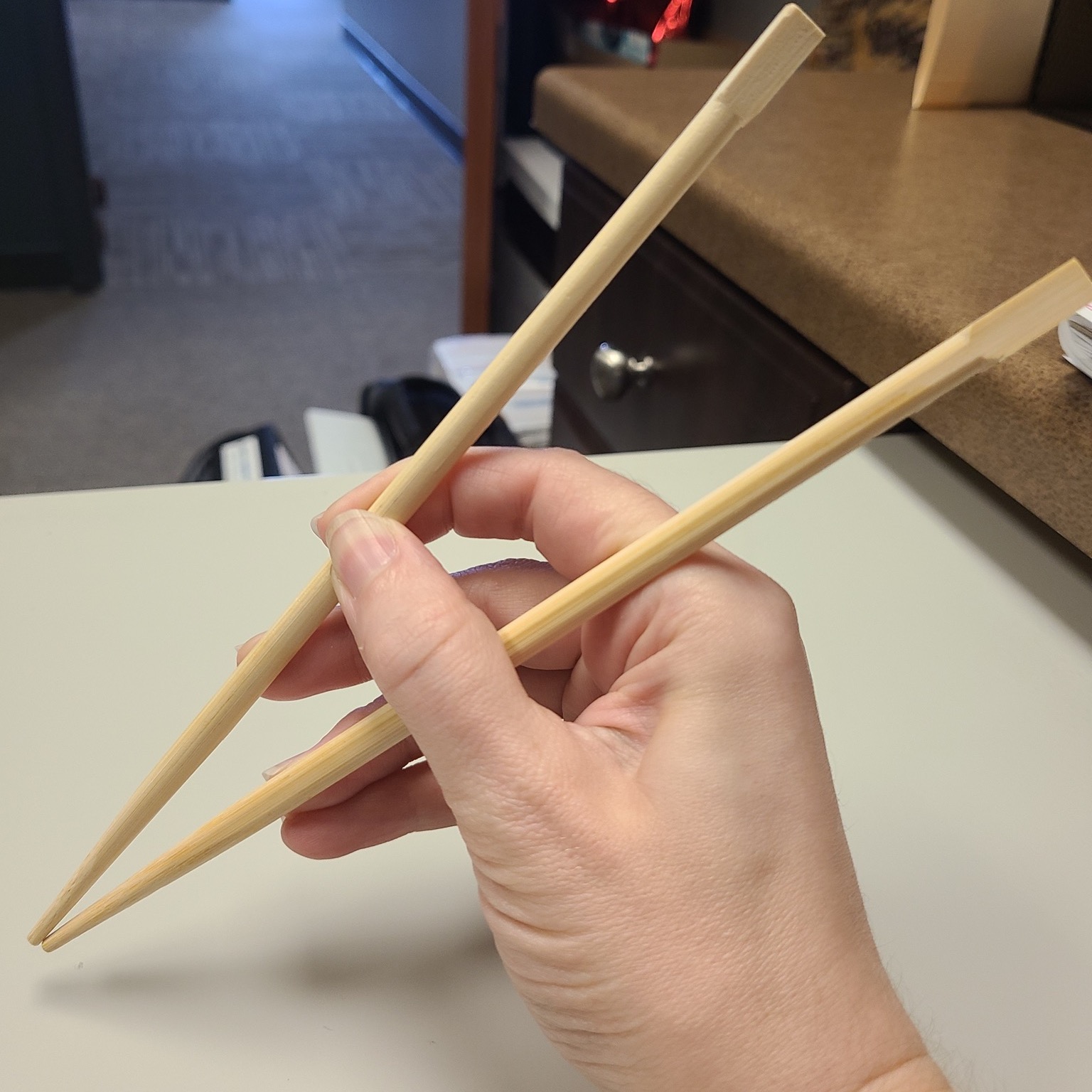
- A grip that looks like Vulcan, but actually operates closer to Standard Grip as far as the top stick is concerned. See Closed vs. Open. Right-click on this video, and show it in a new tab or new window.
Picture received
Collaborators
We acknowledge grip collaborators on individual grip articles. Here we’ll document collaboration with folks on the overall ontology of grips.
- 阿勇 from 阿勇台語 Aiong Taigi, and his friends at 食飽未Chia̍h pá ·bē! were instrumental in shaping both pe̍h-ōe-jī and 漢字 representations of chopstick grips.
- 榊原 安英 (Dr. Yasuhide Sakakibara)
Published on Dec 27, 2020
Last Updated on August 8, 2023 by Staff
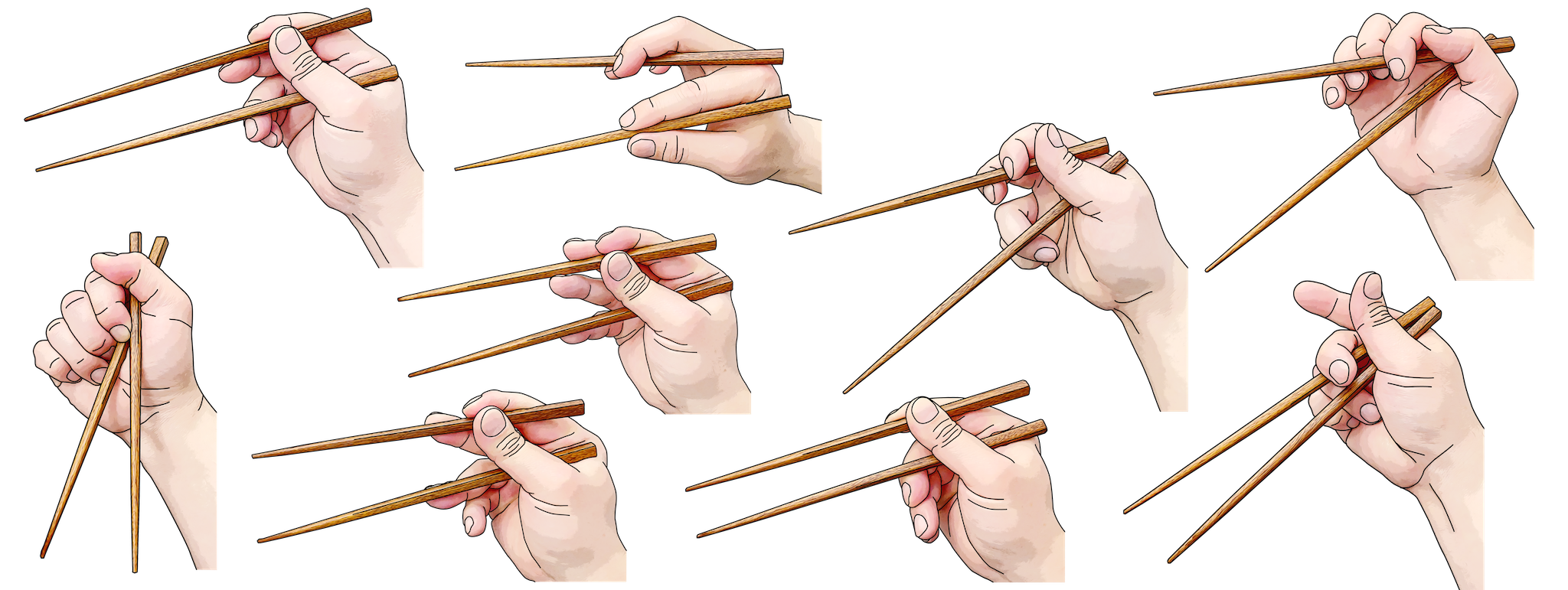
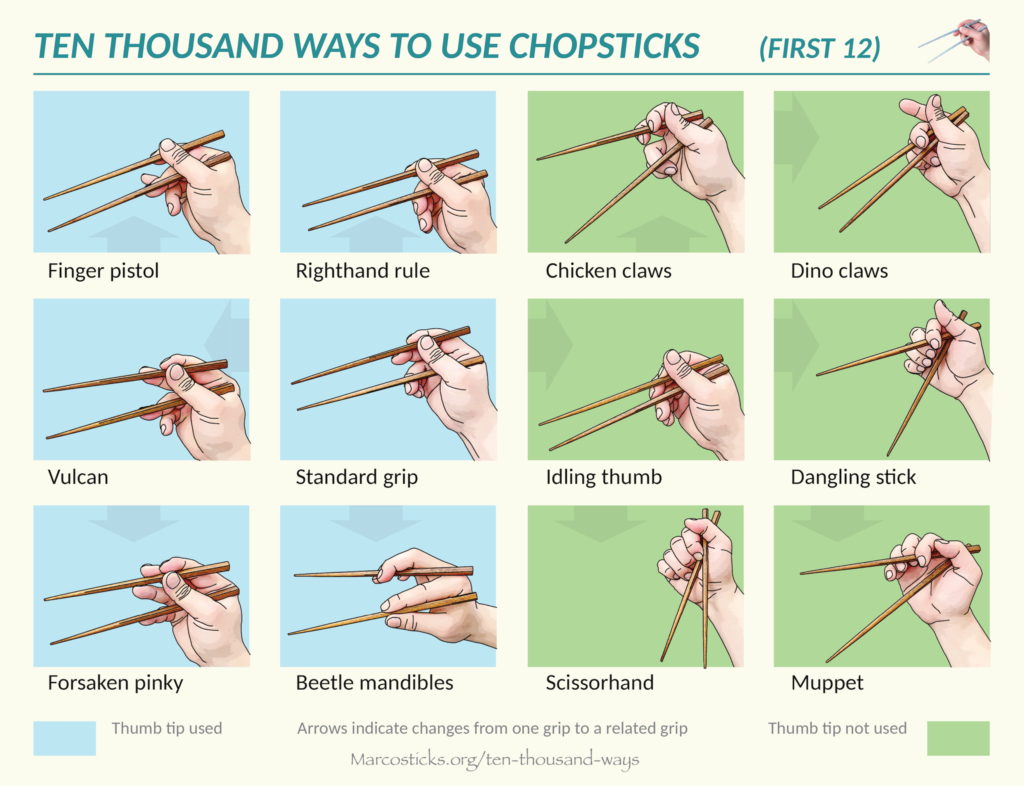
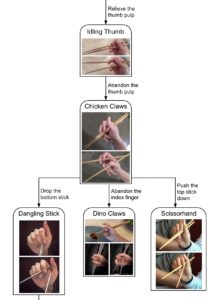

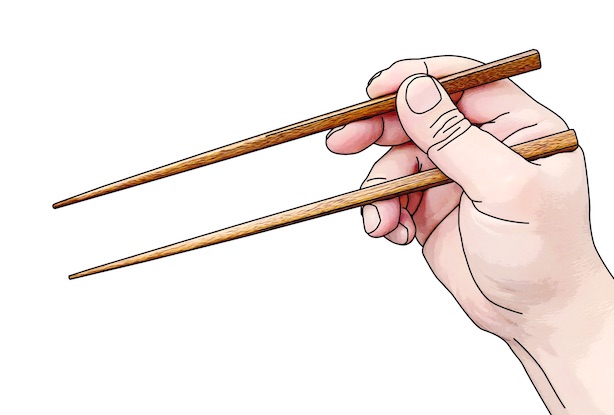
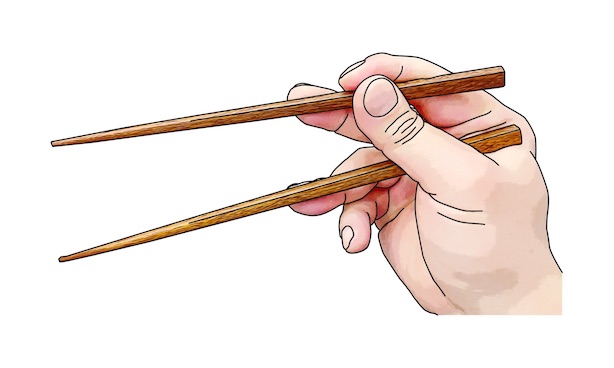
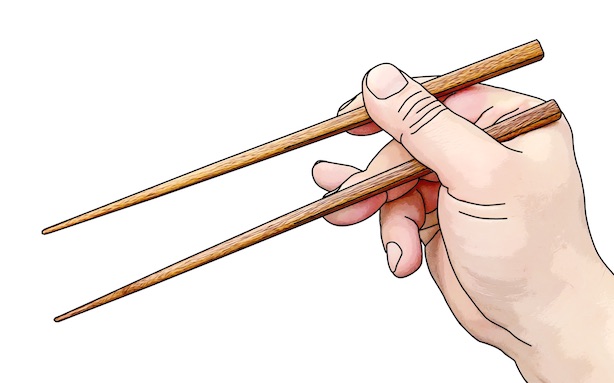
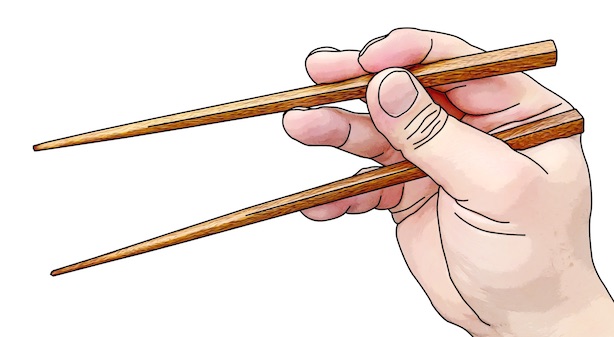
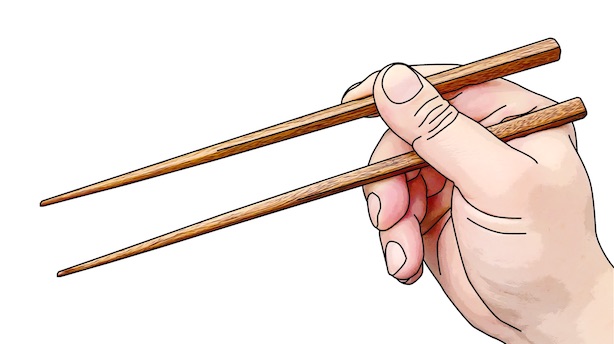
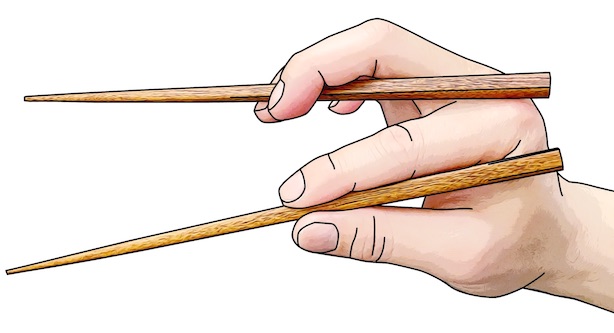
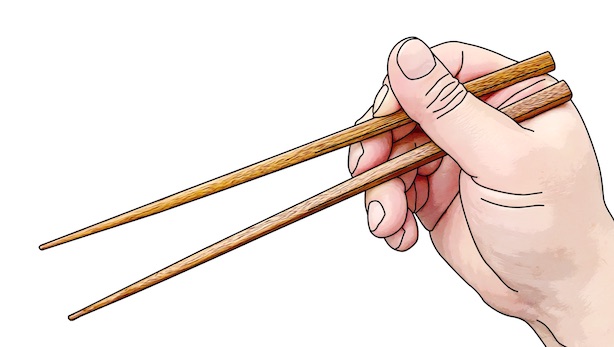

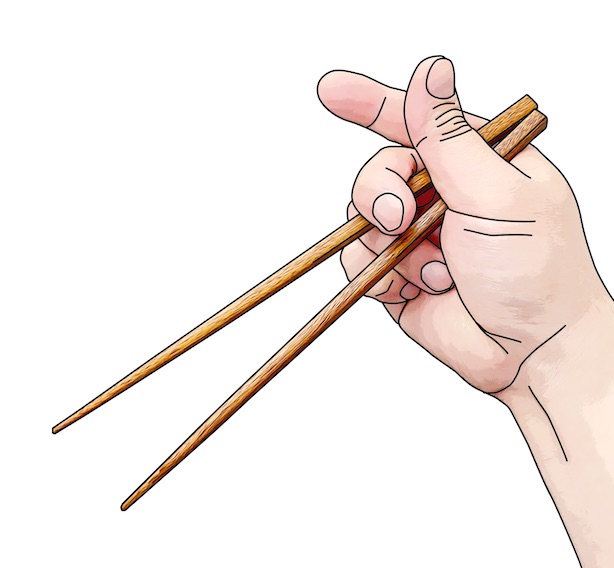
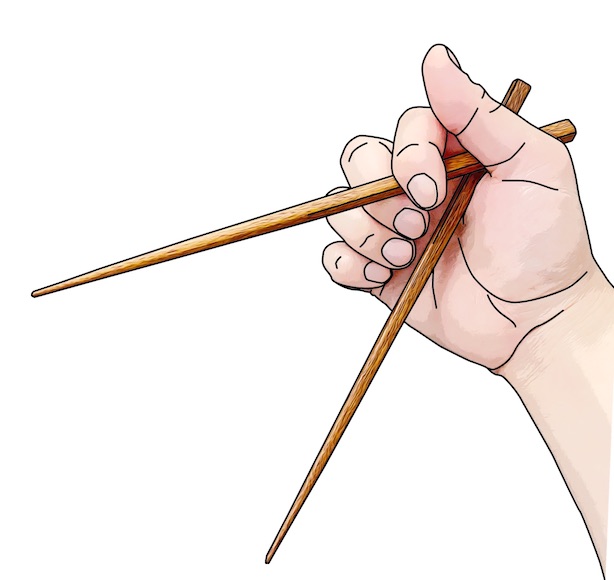

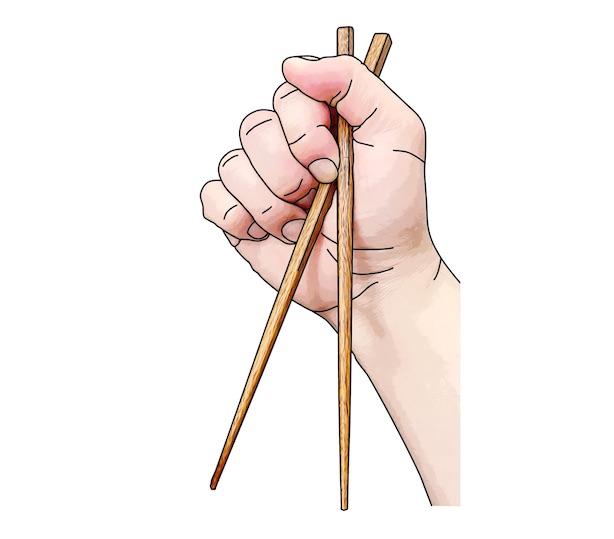

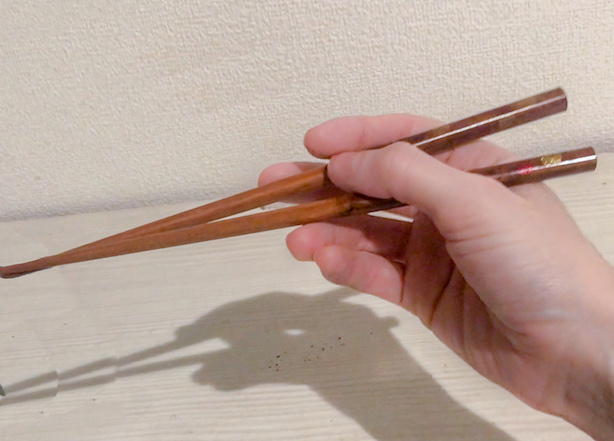
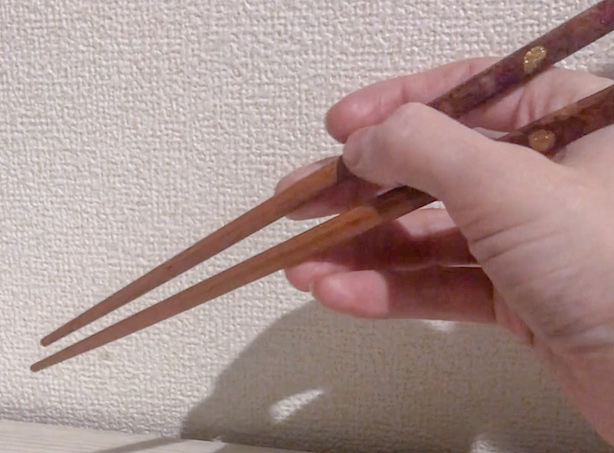
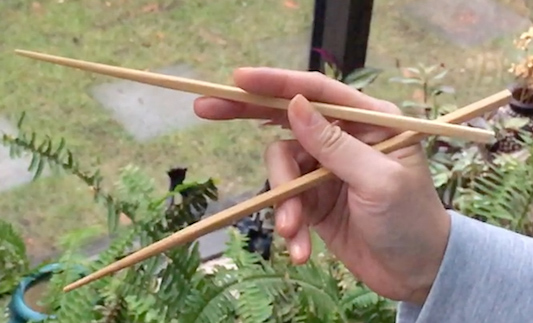
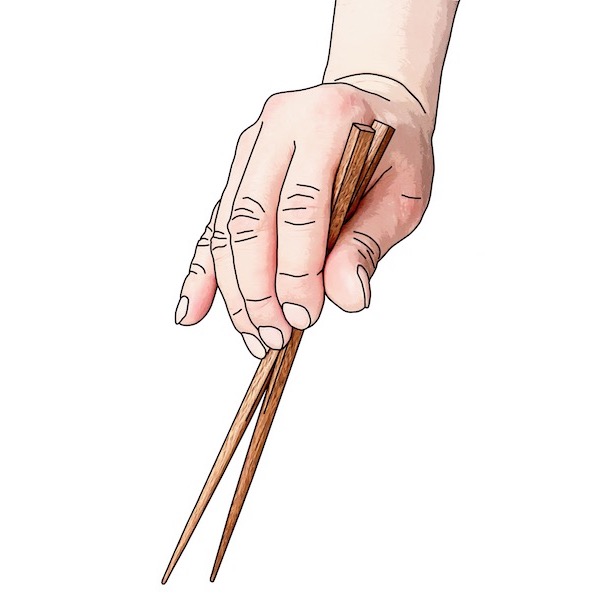
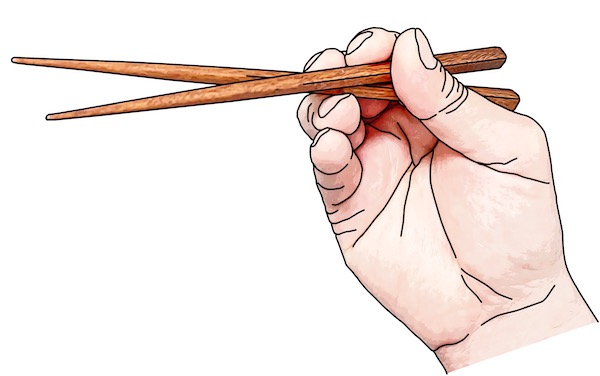
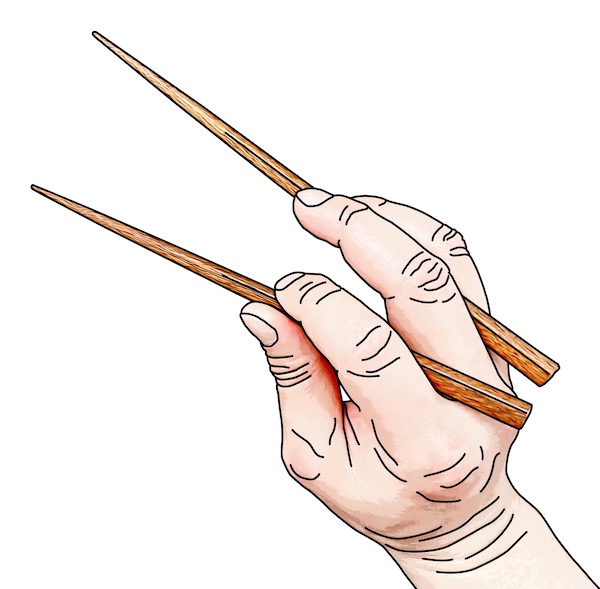
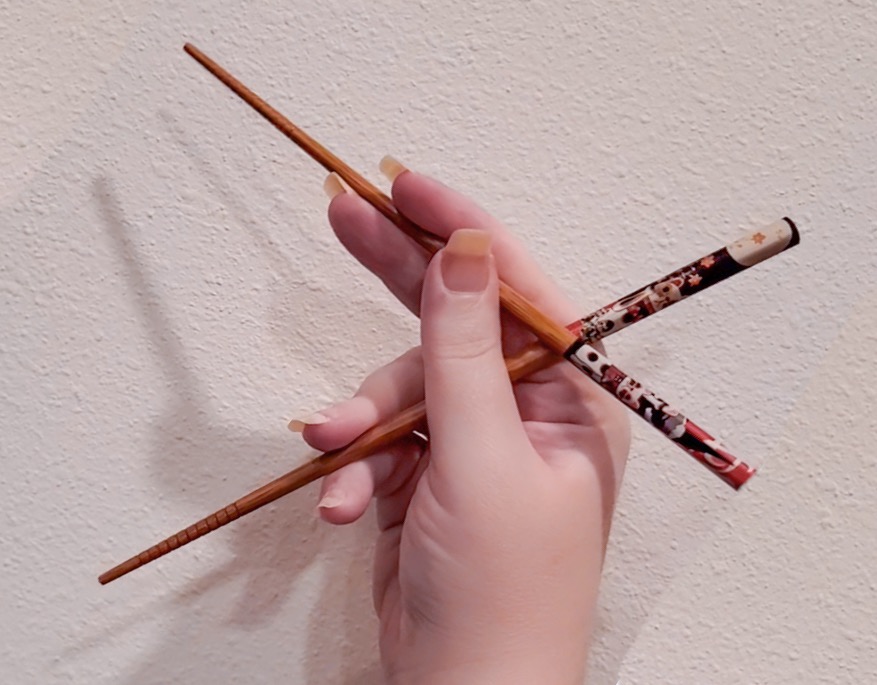
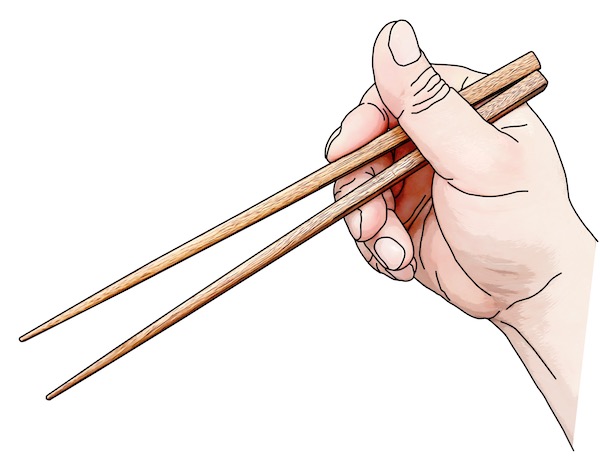
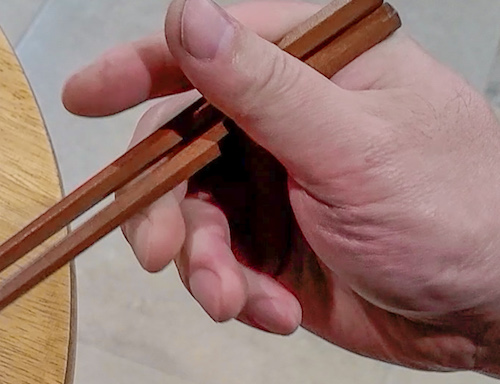
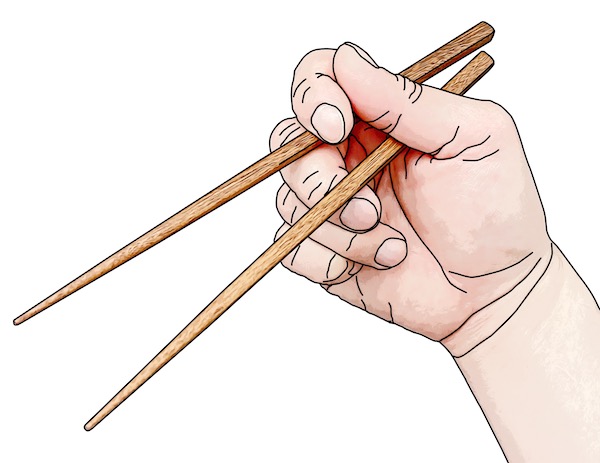
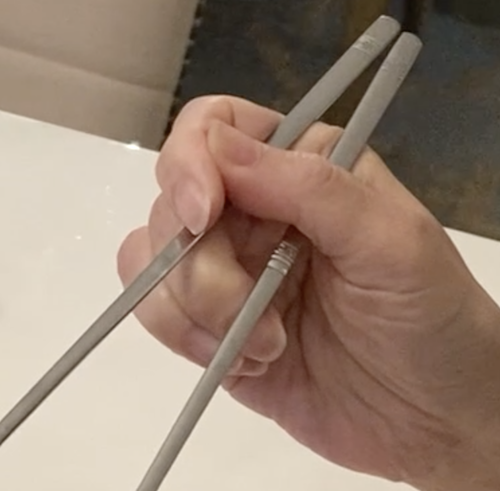
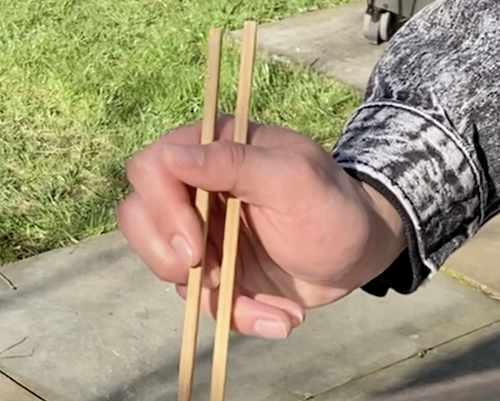



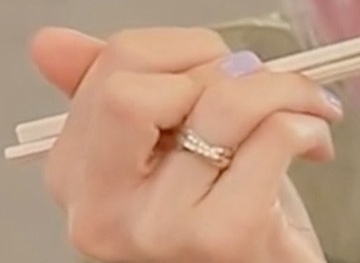
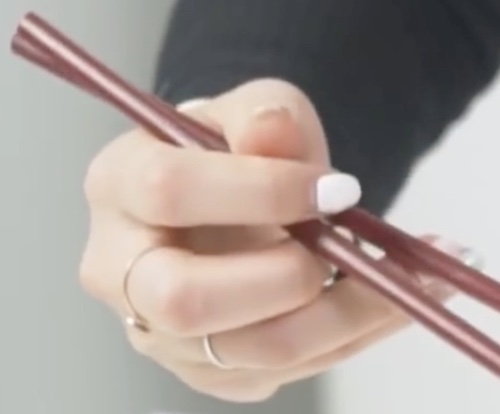
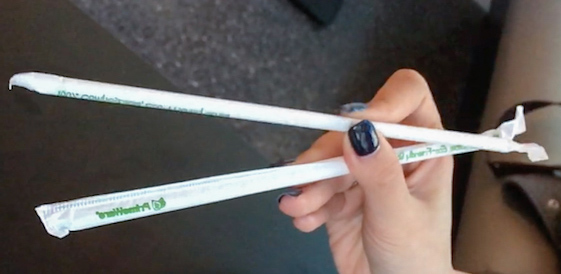
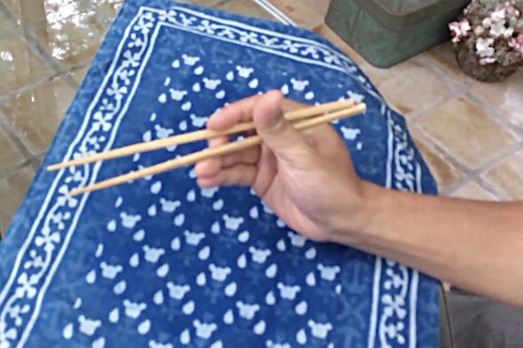
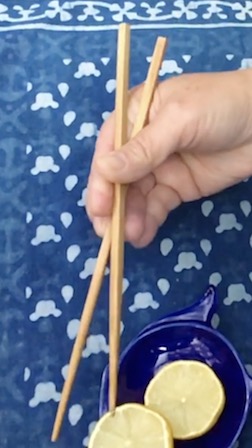
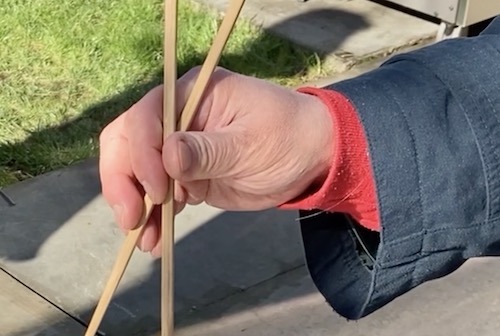
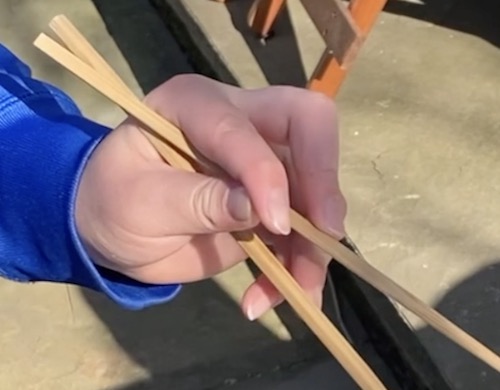
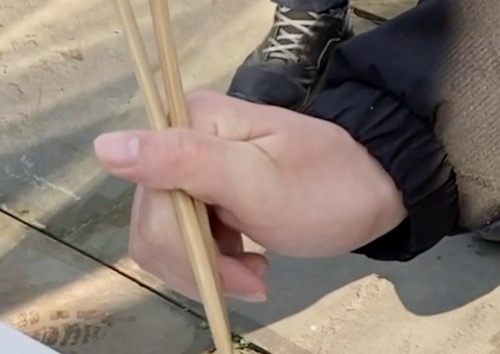
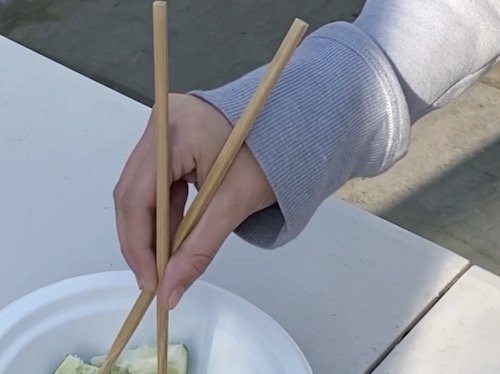
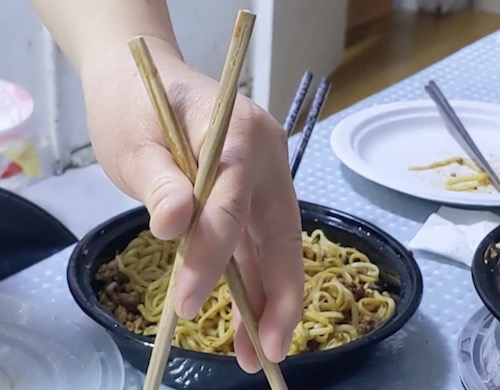
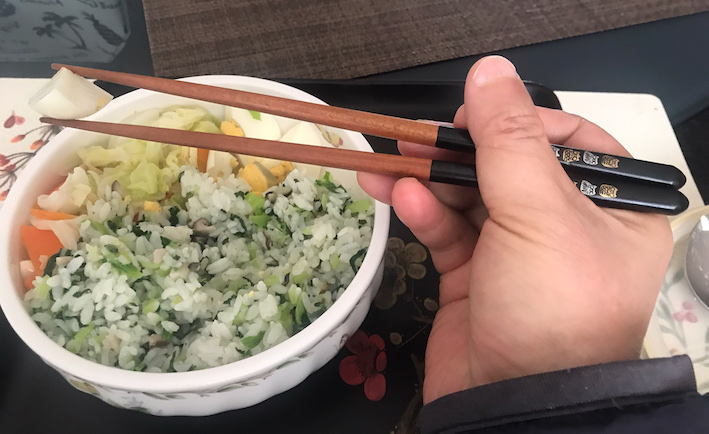
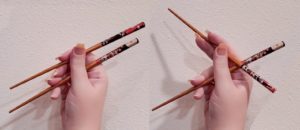
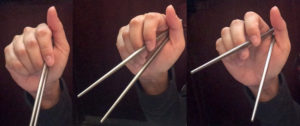

In the chart with all the links near the top, you have the image for Middle Path and Beetle Mandibles flipped
Yeah. Thanks for pointing that out. Editing that interactive SVG takes a while. We’ll get to it soon : )
Pingback: And I’ll Form… the Daily Links! – BBspot
I think I found grip 10001. Because mine is nothing like any of these, and IT WORKS!
We are more than happy to help study and document your 10,001st grip type. Send us short videos. See https://marcosticks.org/how-to-help/. Some people post to a Subreddit that we monitor: https://new.reddit.com/r/chopsticks/. Don’t send fake videos though…. on second thought, do send fake chopstick videos. Let’s see what you can come up with 🙂
Pingback: HackerNews 摘要 (2023-05-09 11AM) – GPT 讀新聞
Pingback: HackerNews Summary (2023-05-09 10AM) – GPT News Reader
Pingback: Found on the Web » Diff’rent Grips
Pingback: お箸の使い方1万通り – 世界の話題を日本語でザックリ素早く確認!
but which one is best for cheese kungfu movie murder attempts?
Lateral Gangnam Style
I have used chopsticks for about 3 years now. For the first 6 months I tried different chopstick styles, before settling on standard grip, because despite the claim there’s not just one way to hold chopsticks, there is. I’ve taught several people how to use chopsticks. They all say it’s hard and doubt they can do it, and their problem is always how they’re holding them. Always. Once I’ve fixed their grip, they get it. I just taught a friend this week and she was shocked by how much control she had over the chopsticks movement and how easy it was to grip the chicken we were eating. Rice was more of a challenge at first, but when I showed her how to pinch and scoop the rice, she got that too.
I am honestly way more comfortable with chopsticks than with a fork, and I’ve been raised on forks and spoons. I can eat with both my right and left hands with chopsticks about the same, whereas with a fork I can’t eat left handed. I can also finish a meal faster. I truly believe chopsticks are the best eating utensil. Hands down.
A large number of people will find, if given proper instructions, Standard Grip to be the most balanced grip given all of the factors we’ve researched. It is not the best in all factors – as documented, Lateral grips have the strongest compression forces in most cases. But of course, Lateral grips in general generate very little extension forces. With that said, some people will never wield Standard Grip well, due to anatomical differences – look at the Caswellian Thumb article and discussions in other articles for details. Thanks for your feedback. Cheers.